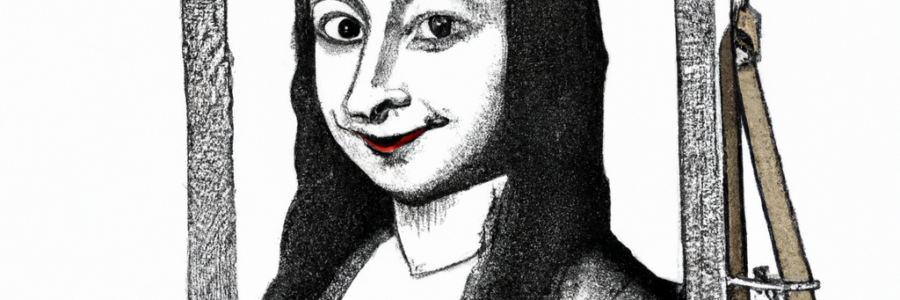
DALL-E, Salvadors little brother!
DALL-E, short for “Dali + WALL-E,” is a new generative model created by OpenAI that combines the power of two existing technologies: GPT-3 and computer vision. DALL-E uses these technologies to generate unique images from textual descriptions, and has gained widespread attention for its impressive capabilities.
If you’re interested in using DALL-E to create your own images, here are some steps to get started:
- Get access to the DALL-E API
The DALL-E API is currently only available to select beta testers, so the first step is to apply for access to the API. You’ll need to provide some information about yourself and your intended use case for DALL-E, and then wait for a response from the OpenAI team.
- Create textual descriptions of the images you want to generate
Once you have access to the DALL-E API, you can start generating images by providing textual descriptions of what you want the image to depict. For example, you might write “a pineapple with a top hat and monocle” or “a chair made out of bubblegum.”
It’s important to note that DALL-E is still a relatively new technology, and it may not be able to generate images for all possible textual descriptions. In general, the more specific and detailed your description, the better the chances of DALL-E being able to generate an accurate image.
- Submit your textual descriptions to the DALL-E API
After you’ve created your textual descriptions, you can submit them to the DALL-E API to generate images. The API will return the image in the form of a URL that you can access to view or download the image.
- Review and refine your images
Once you’ve generated your images, it’s important to review them and refine your textual descriptions as needed. You may find that some of the images don’t accurately depict what you had in mind, or that you need to provide more detail or context in your descriptions.
Overall, using DALL-E can be an exciting and creative way to generate unique and unexpected images. With the right textual descriptions and a bit of experimentation, you can unlock the full potential of this powerful generative model.